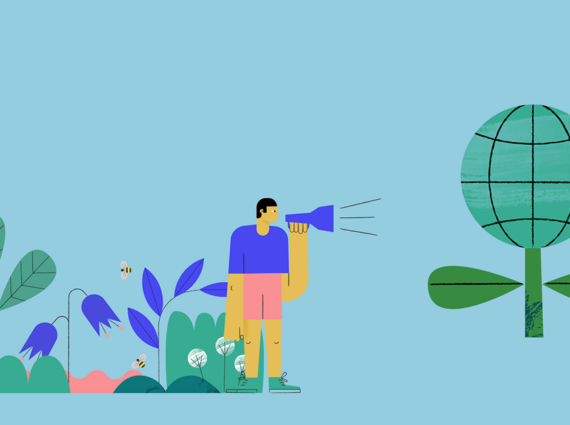Just as we all learned in grade school, trees need CO2 to grow. When they take in this gas, they store it in their trunks, locking in carbon for the duration of their lifetime, and even afterwards (as long as they are not burned). Yes, trees are incredible and are our best hope against reducing the current amount of atmospheric carbon dioxide while we endeavour to reduce our CO2 output from energy use. But trees vary quite a bit when it comes to how much carbon they capture.
First of all, trees in tropical climates sequester more carbon than those in far northern or far southern climates – they take in carbon year-round while trees in colder areas essentially shut down for the winter when the leaves fall off. There is also typically more rainfall and more consistent sunlight for tropical and subtropical forests, which are needed in tandem to take in higher amounts of CO2.
But even within the tropics there are trees that sequester more CO2 than others. This is what we looked at when creating our ground-breaking Belize project – and why we generate more emissions reductions than if we were to plant random trees or a monoculture crop of just a single tree species.
The tree species we decided on using, after careful deliberation, were a mix of timber trees, such as cedar, and fruit-bearing trees, such as mango and avocado. It might seem like it would be more beneficial to find the tree that takes in the most carbon and just plant that, over and over, in monoculture rows like traditional farms, but this is not the case. There are additional benefits to planting in a polyculture, or multi-species, arrangement. This includes better soil diversity, less chance of disease affecting trees, and more biodiversity within the planted forest, all of which help the environment in ways beyond carbon sequestration – though keeping the planted forest healthy will lead to better long-term carbon sequestration in the end.
All trees start sequestering carbon from the first day of planting them, and it only takes two to three years for them to be ready to sequester the desired amount of carbon for emissions reductions purposes. Looking at the tree species individually, here is how much CO2 some of our most utilized trees take in over time:
- Avocado: 0.833 kg co2/month = 0.0274 kg co2/day
- Mango: 4.755 kg co2/month = 0.156 kg co2/day
- Cedar: 0.336 kg co2/month = 0.011 kg co2/day
- Soursop: 6.55 kg co2/month = 0.215 kg co2/day
We also chose our tree species based on longevity, since we want to keep carbon captured within them for as long as possible and ensure that it is not simply escaping back into the atmosphere later on. Soursop trees sequester a lot of carbon, but only live a little over 100 years on average. However, avocado trees growing in the wild have been known to live as long as 400 years, and some mango trees still produce fruit after 300 years. Cedar typically lives for about 150 years, although some live to be as old as 300 years – and some are thought to be as old as 800 years!
Our project in Belize is about much more than industrial-style carbon capture. We utilize what nature provides, using nature itself as the inspiration for creating our anthropogenically-enabled forest. By using trees with high CO2 sequestration rates, along with planting them in strategic polyculture structures, we can not only reduce more CO2, we can also help the environment and local communities that we are working within. And that’s what TerGo is all about.




